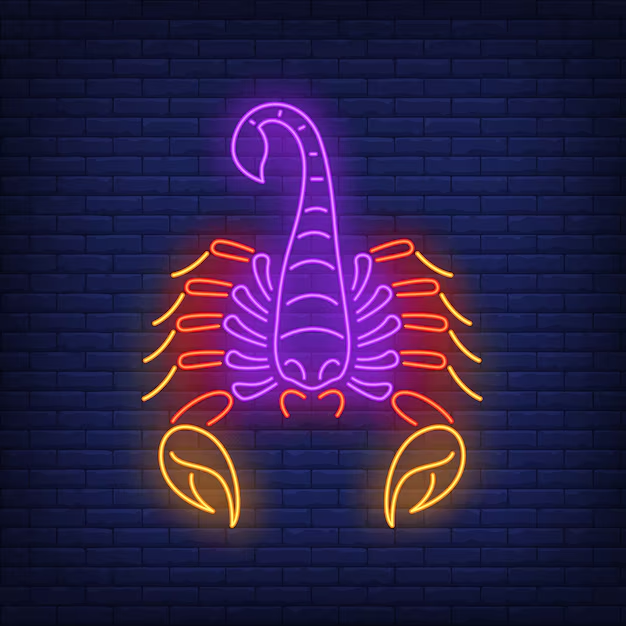Larry the Lobster is a beloved character from the popular animated series “SpongeBob SquarePants,” known for his vibrant personality and iconic appearances. His bright colors and exaggerated features make him a fascinating subject for artists, particularly when it comes to exploring the glow effect in art. This article delves into the techniques and concepts behind creating a glowing effect, using Larry as an illustrative example.
Understanding the Glow Effect
Table Of Contents
The glow effect in art creates a sense of illumination, often imitating light sources that emanate from the subject. This technique can enhance the mood, depth, and dimensionality of a piece. Artists achieve this effect through various methods, including color selection, layering, and digital manipulation.
1. Color Selection
Choosing the right colors is crucial in creating a glowing effect. For Larry the Lobster, artists often use a palette of bright reds, oranges, and yellows. These colors not only represent his character accurately but also serve to create a sense of warmth and vibrancy.
- Complementary Colors: Utilizing complementary colors, such as greens and blues, can help Larry’s red hue pop. The contrast between these colors enhances the illusion of glow.
- High Saturation: Bright, saturated colors contribute to the luminescence effect, making Larry appear more dynamic and eye-catching.
2. Layering Techniques
Layering is another essential technique for achieving the glow effect. Artists can build up colors and textures to create depth and richness in their artwork.
- Base Layer: Start with a solid base color that represents Larry’s primary color. For example, a deep red can form the foundation.
- Highlighting: Use lighter shades of red or orange to apply highlights on the areas where light would naturally hit, such as the top of his claws and the surface of his body.
- Blending: Smooth transitions between colors can create a more natural glow. Blending techniques can be done with brushes, sponges, or digital tools for digital art.
3. Digital Techniques
In the digital realm, artists have access to various tools and techniques that can amplify the glow effect.
- Soft Brushes: Digital artists often use soft brushes to create smooth gradients and glowing edges. This technique helps in simulating light diffusing around Larry.
- Layer Effects: Programs like Photoshop offer layer styles such as “Outer Glow” and “Drop Shadow.” These can add a luminous quality to Larry’s outline, making him appear as if he is radiating light.
- Color Dodge Blending Mode: This blending mode enhances the brightness of the colors, further contributing to the glowing effect.
4. Composition and Background
The composition of the artwork and the background also play a vital role in enhancing the glow effect.
- Contrasting Background: A darker background can make Larry’s bright colors stand out more prominently, emphasizing the glow effect.
- Light Sources: Including additional light sources, such as underwater lighting or a sunlit surface, can create a more immersive atmosphere and enhance the overall glow.
Artistic Applications
Artists can apply the glow effect in various contexts, from character illustrations to more abstract representations. For instance, a piece featuring Larry the Lobster glowing against a vibrant underwater scene can evoke feelings of joy and playfulness, reflecting his character’s personality.
1. Merchandise and Fan Art
Larry’s popularity in the “SpongeBob SquarePants” franchise has led to a wealth of merchandise and fan art. Many artists incorporate the glow effect to create eye-catching designs for T-shirts, posters, and other collectibles. This not only enhances the visual appeal but also draws fans’ attention.
2. Animation and Motion Graphics
In animation, the glow effect can be used to emphasize certain actions or emotions. For example, when Larry is depicted lifting weights, adding a glow effect can amplify the intensity of the scene, making it more engaging for viewers.
Conclusion
Creating a glow effect in art is a captivating technique that can elevate the visual impact of characters like Larry the Lobster. By understanding color selection, layering techniques, and digital tools, artists can bring this vibrant character to life in new and exciting ways. Whether through merchandise, fan art, or animation, the glow effect adds a layer of enchantment that resonates with audiences and highlights Larry’s charming personality.
